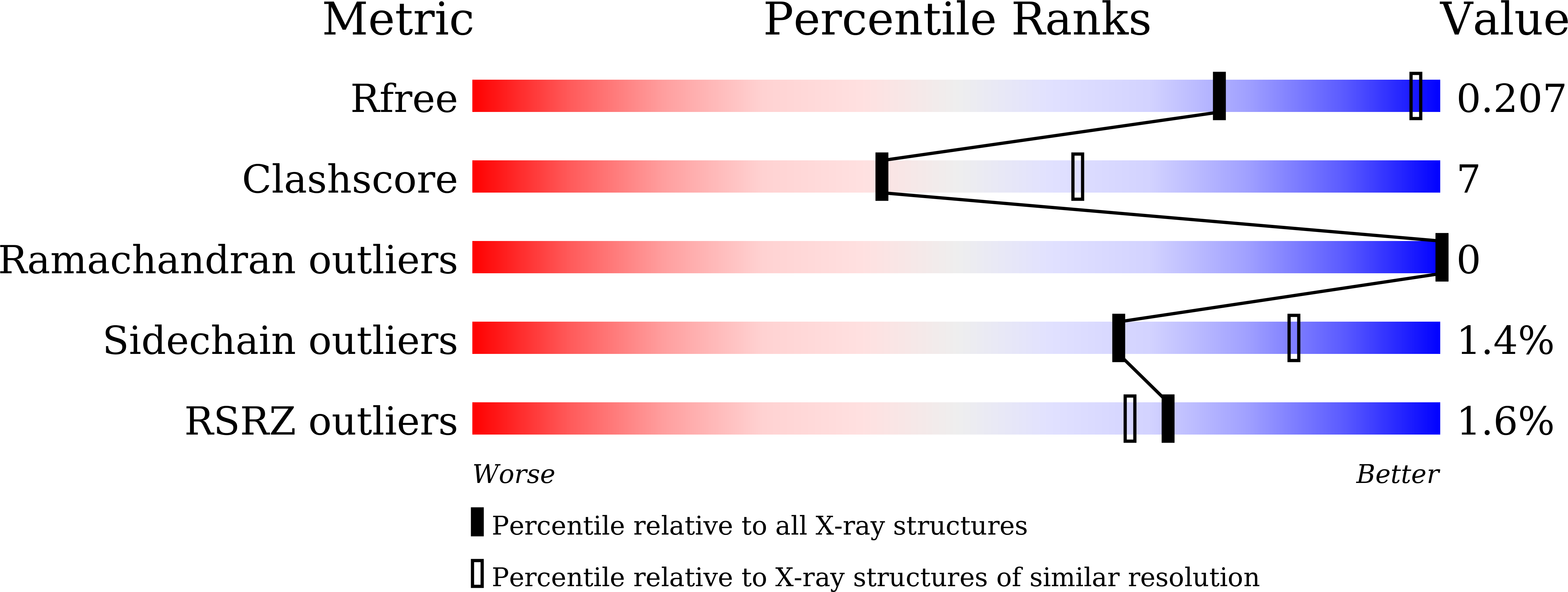
Deposition Date
2021-06-26
Release Date
2022-02-16
Last Version Date
2023-11-29
Entry Detail
PDB ID:
7F6W
Keywords:
Title:
Crystal structure of Saccharomyces cerevisiae lysyl-tRNA Synthetase
Biological Source:
Source Organism:
Saccharomyces cerevisiae (Taxon ID: 4932)
Host Organism:
Method Details:
Experimental Method:
Resolution:
2.61 Å
R-Value Free:
0.20
R-Value Work:
0.17
R-Value Observed:
0.17
Space Group:
P 41 21 2


